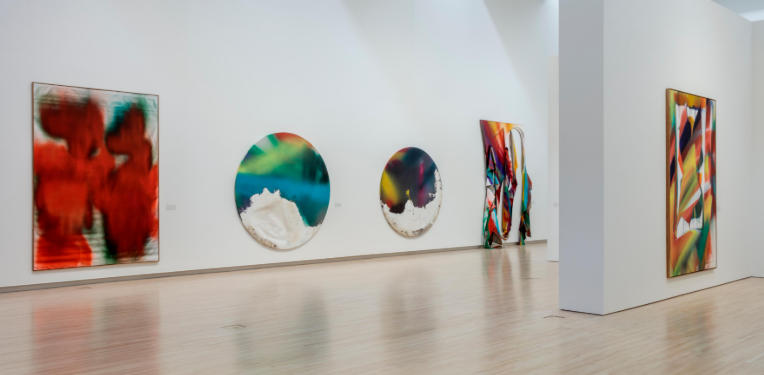Exploring the Evolution of Bilder Art: A Journey Through Creativity
Bilder art, often characterized by its diverse styles and techniques, has become a cornerstone in the world of visual expression. As artists push the boundaries of creativity, understanding its evolution helps us appreciate the cultural and historical contexts from which these artworks arise. This exploration not only enriches our viewing experience but also connects us to the broader narrative of human creativity.
The Origins of Bilder Art
Bilder art traces its roots back to ancient civilizations, where art was primarily a means of storytelling and cultural expression. Early forms included cave paintings and hieroglyphics, which sought to capture the essence of life at the time. Over centuries, these art forms evolved through various cultural influences, including the Renaissance, where perspective and realism became pivotal. This historical foundation set the stage for modern interpretations, which increasingly embrace personal expression and experimental techniques.
The Rise of Modernism
The late 19th and early 20th centuries marked a significant shift in bilder art with the rise of modernism. Artists like Pablo Picasso and Henri Matisse broke away from traditional forms, exploring abstraction and innovative methodologies. This era emphasized individual creativity, enabling artists to portray emotions and ideas rather than merely replicating reality. Modernism not only expanded the definition of art but also encouraged a greater dialogue about the role of the artist in society, paving the way for future movements, including post-modernism and contemporary art.
Digital Transformation and New Mediums
In recent years, the digital era has revolutionized bilder art, introducing new tools and platforms for creation. Artists now have access to software and technology that allow for groundbreaking experimentation. Digital painting, 3D modeling, and interactive installations have become commonplace, blurring the lines between traditional artwork and digital expressions. This shift raises questions about authenticity and the future of art, as online platforms like social media provide avenues for artists to showcase their work and engage with global audiences like never before.
In conclusion, the evolution of bilder art reflects a rich tapestry of history, cultural shifts, and technological advancements. Whether you are an artist yourself or simply an admirer of creativity, exploring these developments can deepen your appreciation for the art world. Stay curious, dive deeper into different art movements, and perhaps even try your hand at creating your own masterpiece. The journey of creativity is never-ending, and each of us has a role in it.

